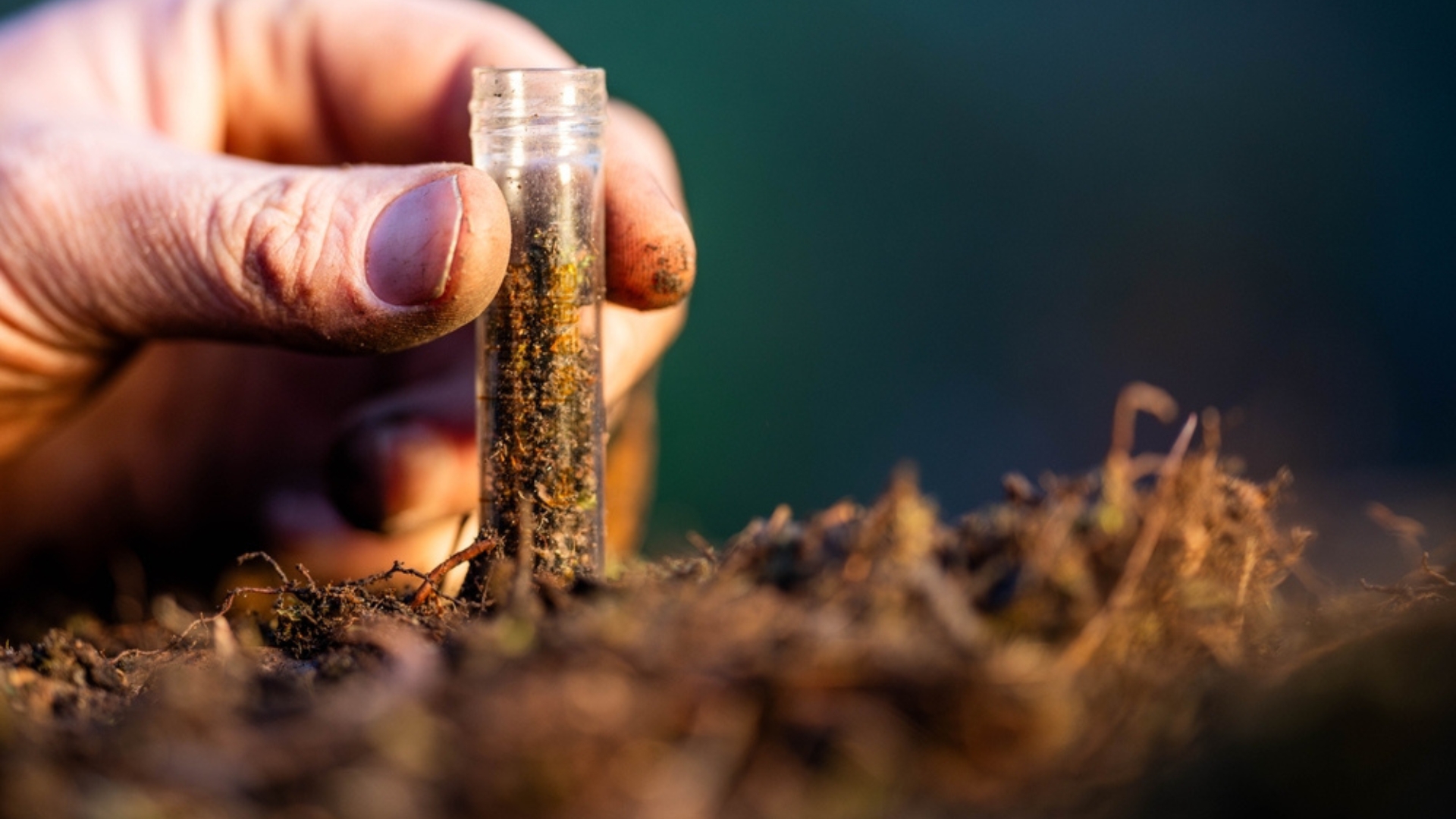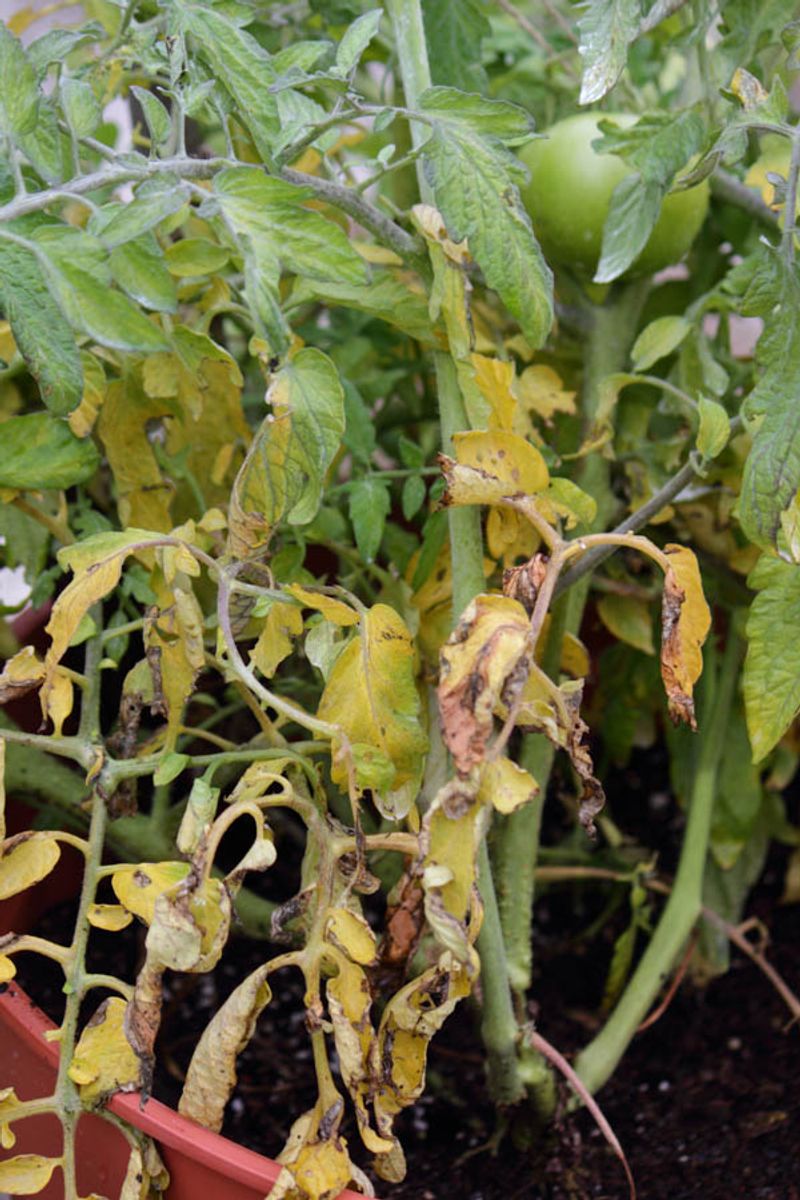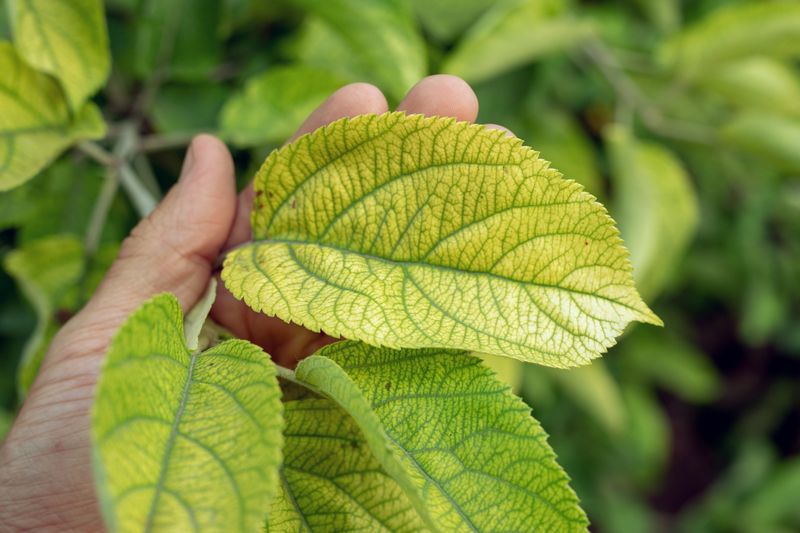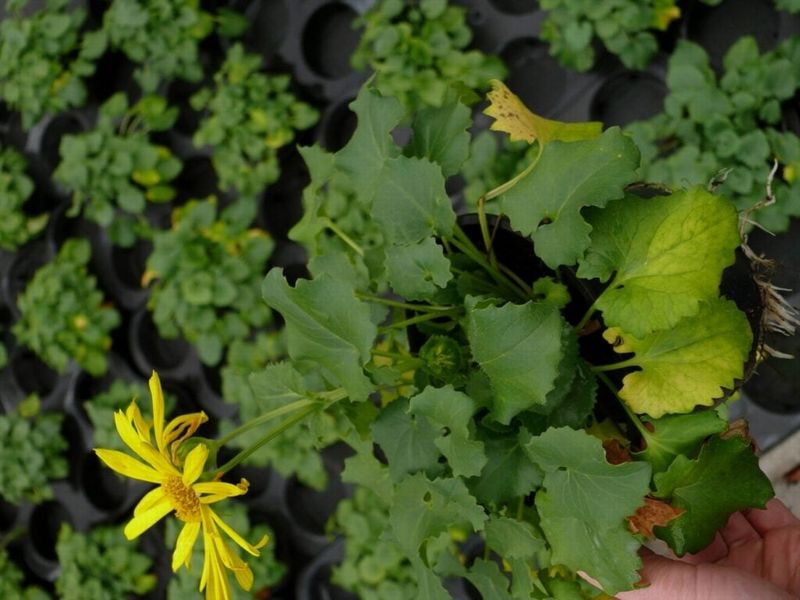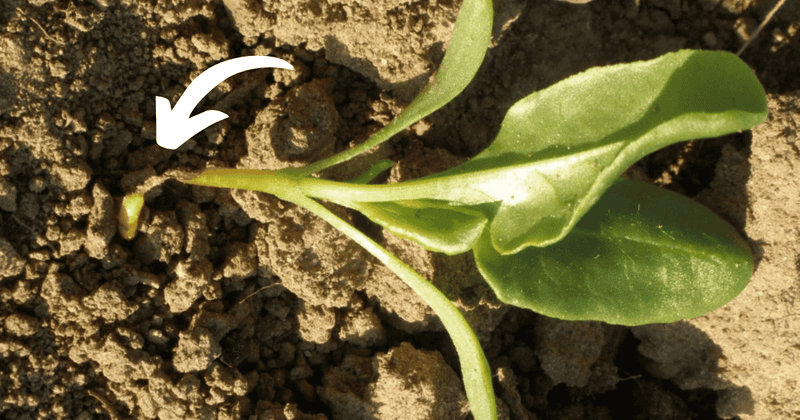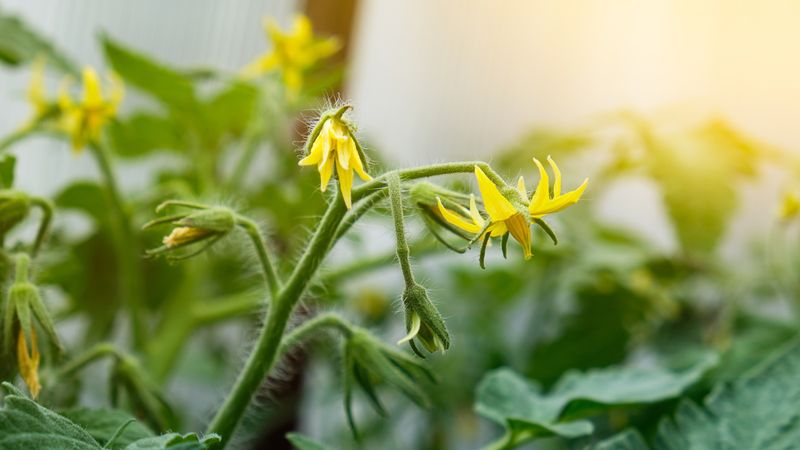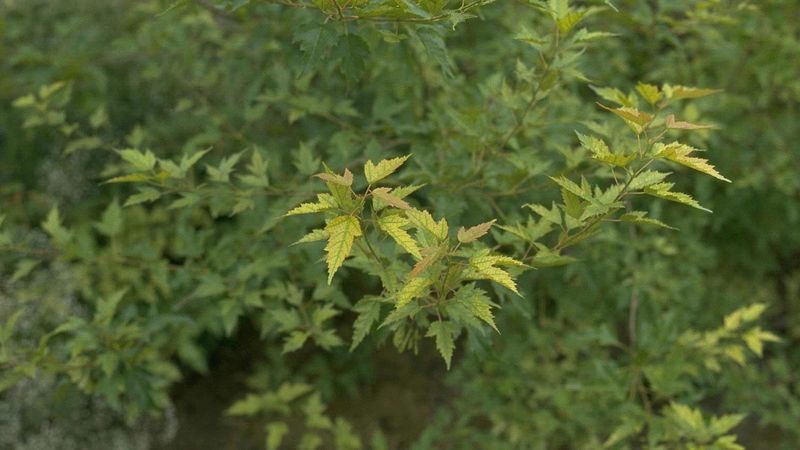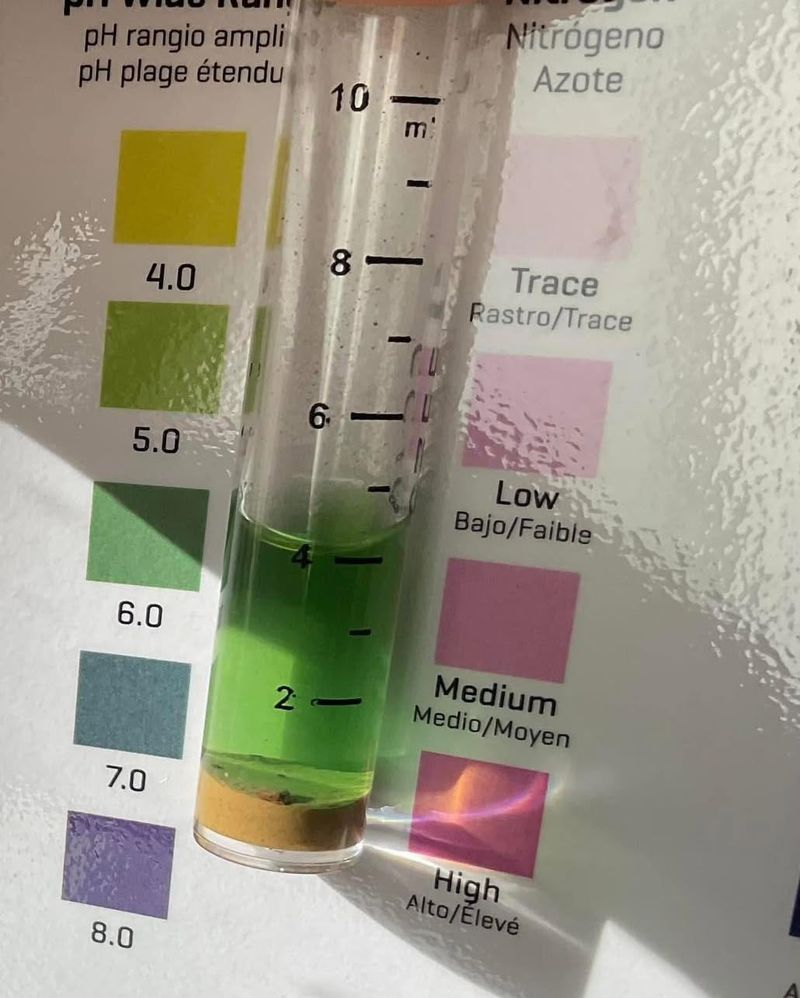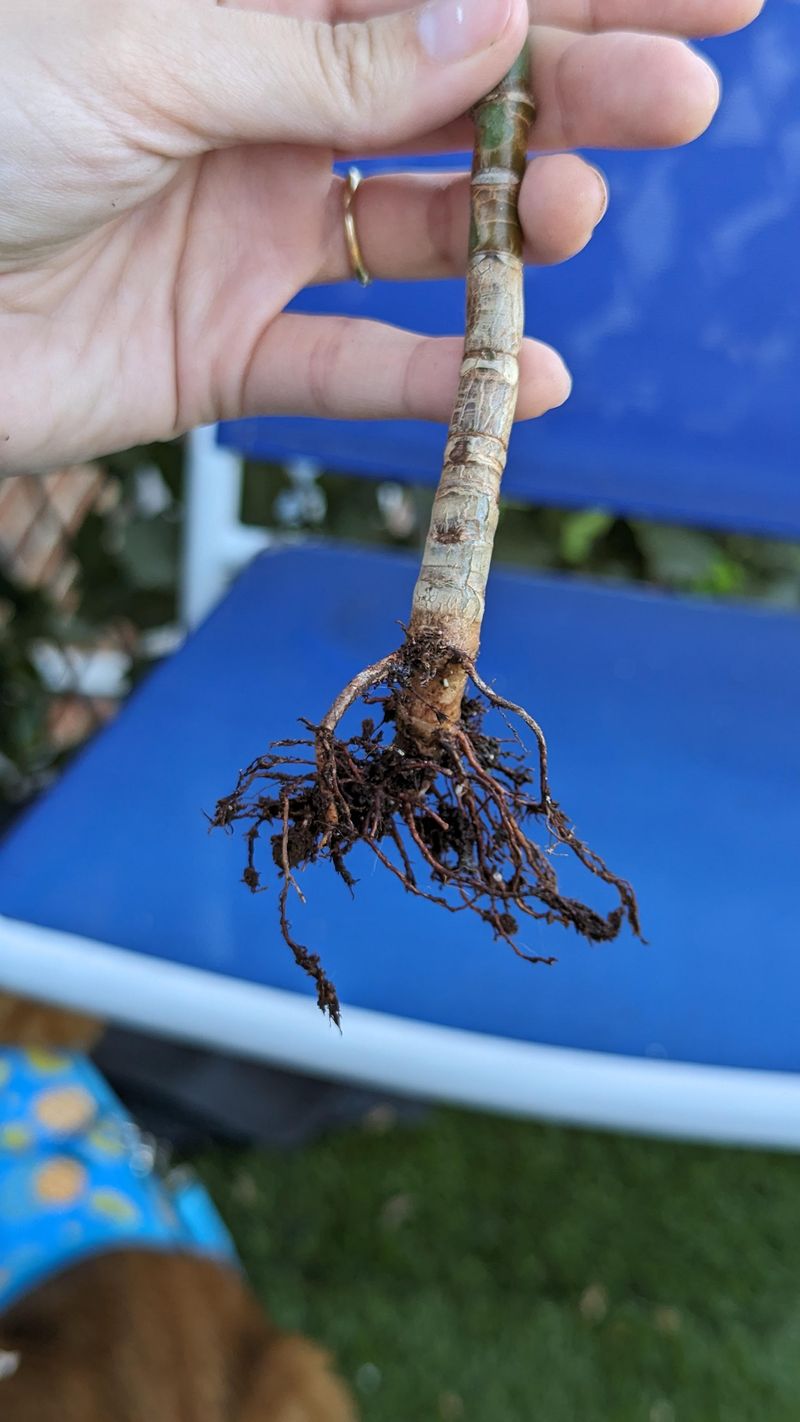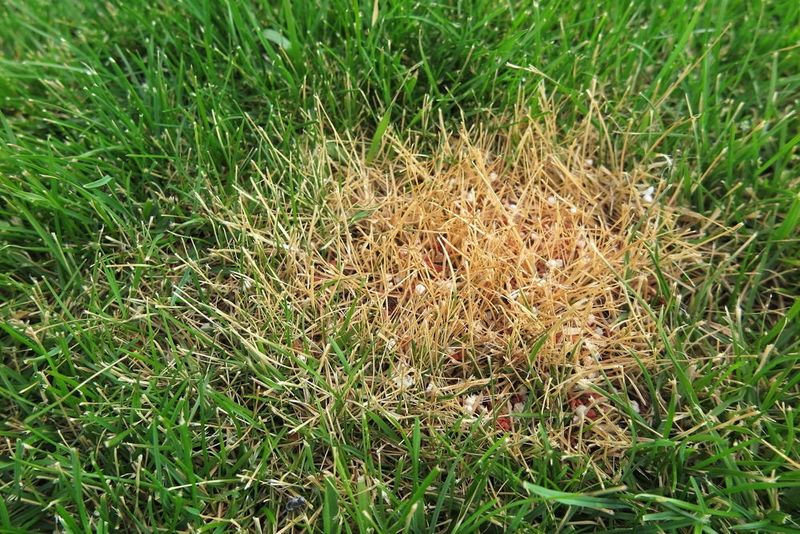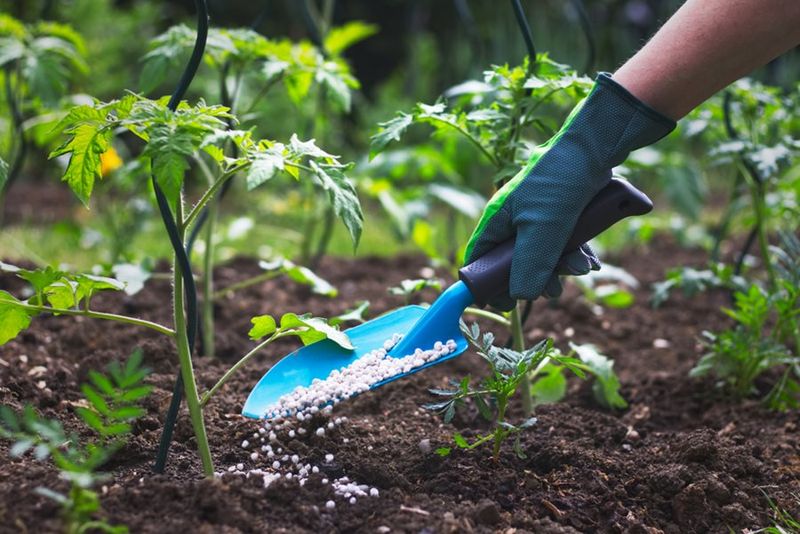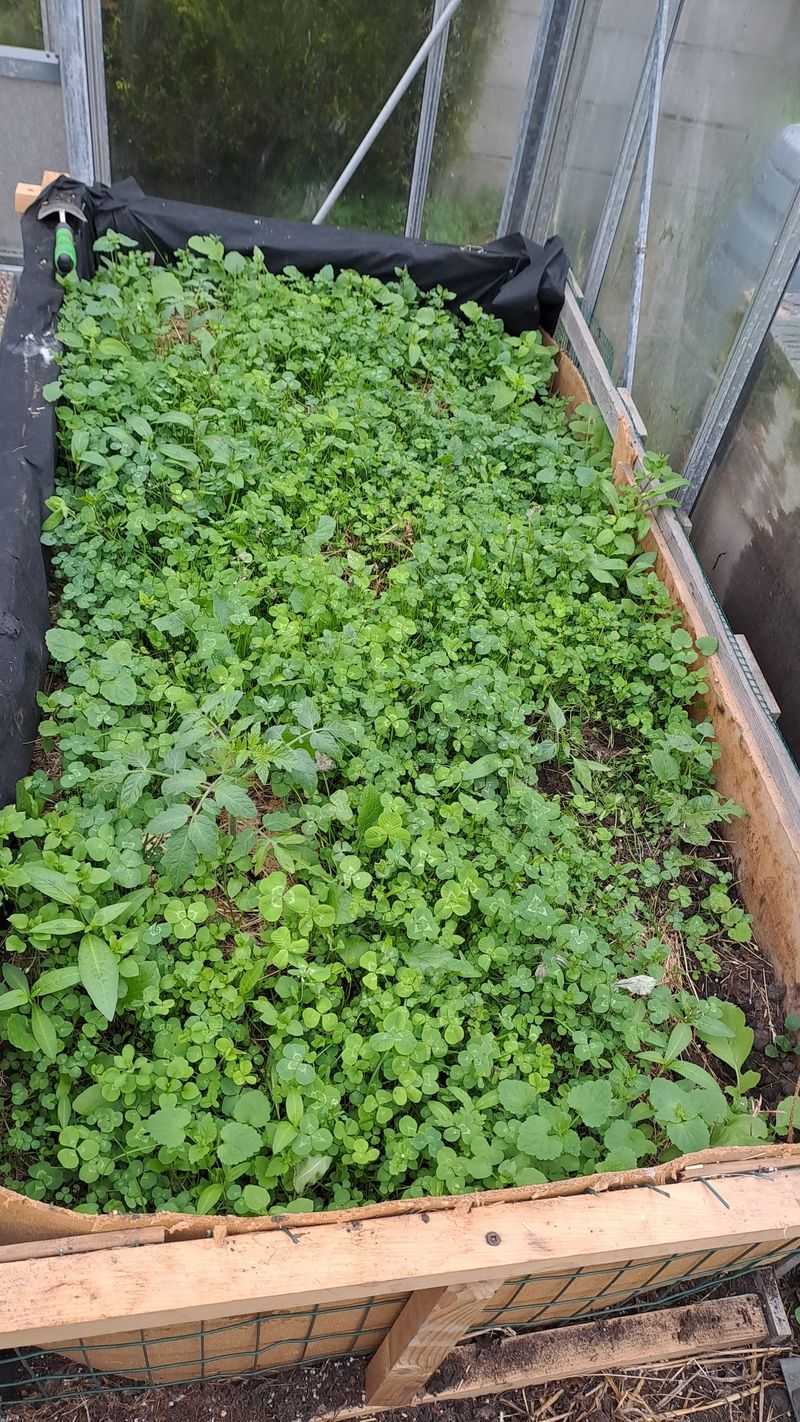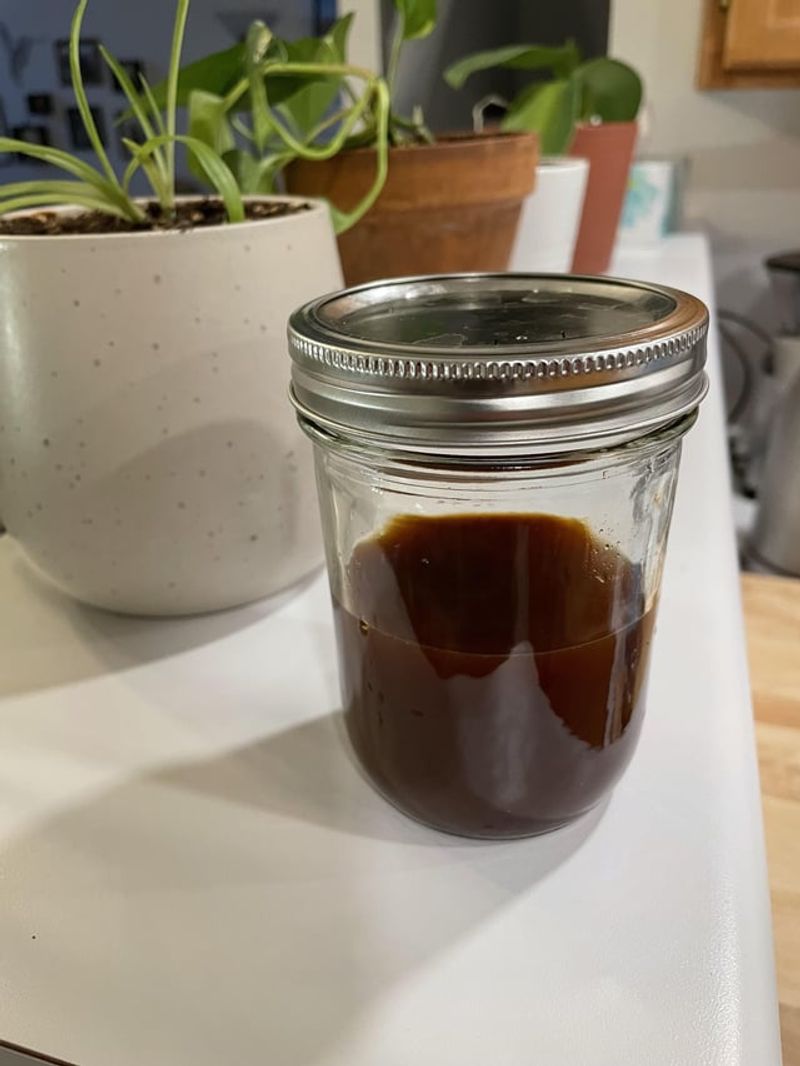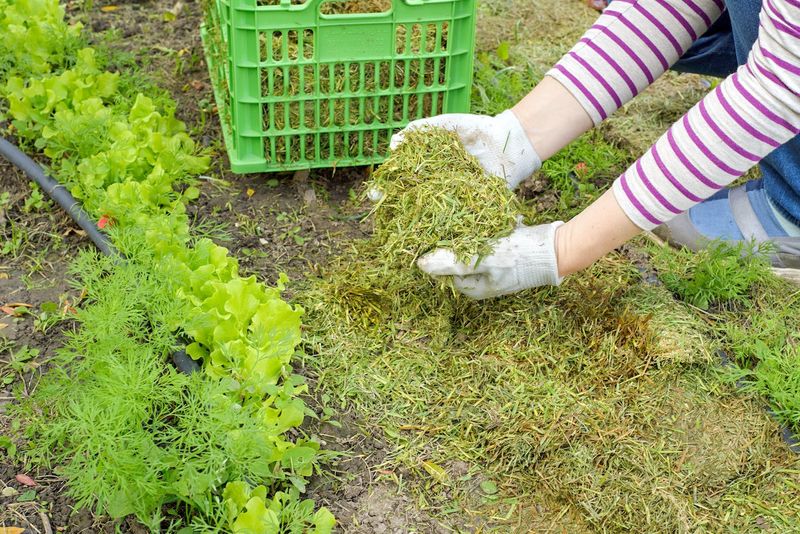Healthy plants need nitrogen to grow strong and produce juicy vegetables or beautiful flowers. Just like we need food to be strong, plants need nitrogen to make their leaves green and help them grow tall. Spotting when your soil doesn’t have enough nitrogen can save your garden before plants start to struggle, and fixing the problem is easier than you might think!
1. Yellow Leaves From Bottom Up
Plants tell us when they’re hungry for nitrogen by changing their leaf color. The bottom leaves turn yellow first, while the top ones stay green longer. This happens because nitrogen moves from older leaves to feed new growth when supplies run low.
Garden veggies like tomatoes and corn show this symptom clearly. If you notice your plants looking like they’re wearing yellow pants with a green shirt, that’s a classic nitrogen deficiency signal!
2. Stunted Growth
Plants lacking nitrogen simply can’t grow to their full potential. They appear smaller than they should be for their age and development stage. Your tomato plants might stay short and skinny instead of becoming tall and bushy.
Compare your plants with pictures of healthy ones online, or with neighbors’ gardens. The difference can be striking – like a teenager who stopped growing halfway! Nitrogen is the building block for plant cells, so without it, growth literally stops in its tracks.
3. Pale Green Color Overall
Ever seen a plant that looks washed out or faded? That’s often a nitrogen hunger sign. Plants need nitrogen to make chlorophyll, the stuff that gives leaves their rich green color.
Without enough nitrogen, your entire garden might look like it’s been left in the sun too long – faded and lacking vibrancy. The green just isn’t as deep or impressive as it should be. This paleness affects the whole plant, not just specific parts, making your garden look tired and weak.
4. Early Leaf Drop
Plants without enough nitrogen can’t afford to keep all their leaves. They’ll sacrifice older leaves to save energy, dropping them earlier than normal. You might notice leaves falling off even when the weather hasn’t changed.
This premature leaf-shedding is the plant’s survival strategy. By dropping older leaves, plants redirect their limited nitrogen to newer growth. Unlike normal seasonal leaf drop, this happens randomly throughout the growing season and affects lower leaves first.
5. Slow Recovery From Transplanting
Newly transplanted seedlings need plenty of nitrogen to establish themselves in their new home. When nitrogen is scarce, they struggle to bounce back after being moved.
Healthy seedlings should perk up within a few days after transplanting. In nitrogen-poor soil, they remain wilted, show little new growth, and may even start showing other deficiency symptoms. This slow recovery period extends well beyond the normal transplant shock timeframe, leaving plants vulnerable to pests and diseases.
6. Poor Flowering and Fruiting
While plants need nitrogen for leafy growth, a proper balance is crucial for flowers and fruits. Nitrogen-deficient plants produce fewer flowers, and the ones that do appear might be smaller or drop off before forming fruit.
The fruits that manage to develop often grow smaller than normal and may ripen unevenly. Your tomato harvest might be disappointingly small, or your flowers might lack their usual abundance. The plant simply doesn’t have enough resources to create the spectacular display or bumper crop it’s capable of.
7. Thin, Woody Stems
Plants growing in nitrogen-poor soil develop thin, woody stems instead of thick, juicy ones. This happens because nitrogen is essential for cell division and expansion in the growing tissues.
Touch your plant stems – they should feel substantial and somewhat flexible. Nitrogen-starved plants have stems that feel more like twigs than the robust stems they should have. This woodiness is the plant’s way of trying to support itself with less material, like building a house with fewer bricks.
8. Soil Test Results
The most scientific way to confirm nitrogen deficiency is through a soil test. Garden centers sell simple kits, or you can send samples to your local extension office for more detailed analysis.
These tests measure available nitrogen along with other nutrients and pH. The results typically include a numerical value for nitrogen content, with recommendations based on what you plan to grow. No guesswork needed – the test gives you concrete evidence of what your soil lacks.
9. Weak Root Systems
Dig up a struggling plant and examine its roots. Nitrogen-deficient plants develop weak, shallow root systems instead of deep, extensive ones. The roots appear thin and may not fill the soil volume they should.
A healthy plant invests in root growth to seek nutrients. Without nitrogen, this underground expansion is limited. Pull a plant and compare its roots to a healthy specimen – you’ll notice the difference immediately. These underdeveloped roots can’t efficiently gather water or nutrients, creating a downward spiral of poor health.
10. Poor Lawn Color
Lawns show nitrogen deficiency through uneven color patterns. You might notice yellowish patches scattered throughout otherwise green grass, or a generally lighter green color across the entire lawn.
Grass blades become thin and growth slows noticeably. Mowing becomes less frequent because the grass simply isn’t growing as quickly. These symptoms become especially apparent when comparing your lawn to better-fertilized neighboring yards, making the contrast in health and color strikingly obvious.
11. Add Nitrogen-Rich Fertilizers
Commercial fertilizers with high first numbers in their N-P-K ratio (like 10-5-5) deliver quick nitrogen boosts. Look for fertilizers labeled specifically for leafy growth or nitrogen deficiency, and follow package directions carefully to avoid burning plants.
Apply the fertilizer around the base of plants, keeping it away from stems and leaves. Water thoroughly afterward to help the nutrients reach the roots. For established gardens, slow-release granular fertilizers work well, while liquid fertilizers provide faster results for urgent deficiencies.
12. Plant Nitrogen-Fixing Cover Crops
Nature’s nitrogen factory comes in the form of legumes like clover, peas, and beans. These plants form partnerships with soil bacteria that capture nitrogen from the air and convert it to forms plants can use.
Plant these cover crops in fall or early spring, then turn them into the soil before they set seed. The decomposing plants release their stored nitrogen slowly, feeding your garden naturally. This method improves soil structure while adding nitrogen – a win-win for garden health.
13. Apply Composted Manure
Well-aged manure from plant-eating animals like horses, cows, rabbits, or chickens provides excellent nitrogen that releases slowly into the soil. Fresh manure can burn plants, so only use composted manure that’s been aged at least six months.
Spread a 1-2 inch layer over your garden in fall or early spring. The manure adds organic matter along with nitrogen, improving soil structure while feeding your plants. Different animal manures have varying nitrogen levels – chicken manure is particularly nitrogen-rich.
14. Use Liquid Organic Solutions
For quick nitrogen boosts, liquid organic options like fish emulsion, seaweed extract, or compost tea work wonders. These natural concentrates deliver nitrogen in forms plants can absorb immediately through both roots and leaves.
Mix according to package directions and apply as a soil drench or foliar spray. The smell can be strong but disappears quickly! These solutions work within days, greening up yellow leaves and stimulating new growth. For best results, apply in the early morning or evening when temperatures are cooler.
15. Mulch With Grass Clippings
Those lawn clippings you’ve been bagging make excellent nitrogen-rich mulch for garden beds. Fresh grass clippings contain about 4% nitrogen by weight and decompose quickly, feeding the soil as they break down.
Spread a thin layer (1-2 inches) around plants, keeping the mulch from touching stems directly. Avoid using clippings from lawns recently treated with herbicides or pesticides. This method recycles nutrients already in your yard while suppressing weeds and conserving moisture – a perfect solution for the resourceful gardener.

